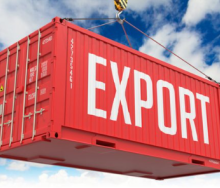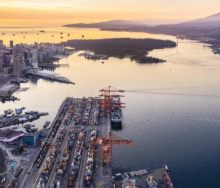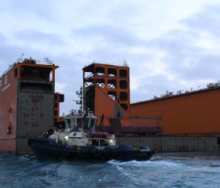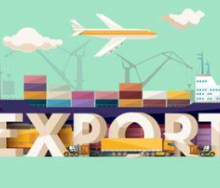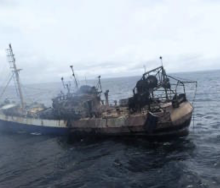Most global industry professionals expect container prices to revive in the coming months, according the latest report released by logistics container firm, Container xChange which has seen a positive trend in recent months.
The firm’s Container Price Sentiment Index (xCPSI), which included more than 2 700 participants, recorded a positive value by the beginning of March 2023, and found that excess containers were causing depots to run on 90% utilisation.
Container xChange CEO, Christian Roeloffs, said the survey indicated that the industry expected container prices to improve soon, which had revived business confidence.
“We learn from many customers of Container xChange that the demand for containers is still there, just that the supply is overshooting the demand. Due to this, we see ripple impacts like, for example, depots working on max capacity. Depots in China, for instance, are working on 90% utilisation and therefore are not able to accept new clients.
“This is a global phenomenon now. And that is a struggle for the NVOCCs and shipping lines who want to open new markets.”
He said oversupply of containers had caused depots to run on almost 90% utilisation, which made it difficult for depots to move the containers around and eventually made them less efficient.
Agnieszka Polejewska, Container Depot Department Co-ordinator at Langowski Logistics, a company based in Poland, said the industry had reached a stage where old and heavy containers needed to be replaced.
“For inland containers, we do not see many containers on the yards. The production of new containers and their expanse on the ports in Europe and the USA can be overwhelming, as there are still a lot of old containers. But the production was, is and will be still working, as old, heavily used containers must be replaced. We must wait it out till the end of the first quarter of 2023 to see how this situation is developing because of so many disruptions in our industry,” she said.
Container xChange also noted that leasing companies and shipping lines were holding their containers longer than usual in a wait-and-watch strategy, hoping that prices would stabilise. It found that sell-offs were also not happening yet because leasing and shipping companies had free storage agreements with depots, shielding them from cost implications.
As geopolitical risks intensify, global economies were also working toward diversifying their production, manufacturing and container sourcing, the survey found.
“The process of diversification has already started. Since this is a long, drawn-out process, we are yet to see visible signs of this in the trade patterns. But we see an uptick in intra-Asia trade. In the future, the larger trades will suffer a demand decrease, so capacity needs to be adjusted toward regions with more sticky demand and more stable rate levels,” said Roeloffs.
“Supply chains will need to be more resilient in the coming years. These relocation strategies will effectively reduce reliance on one production and supply chain hub to a more diverse, smaller trading pattern.”

